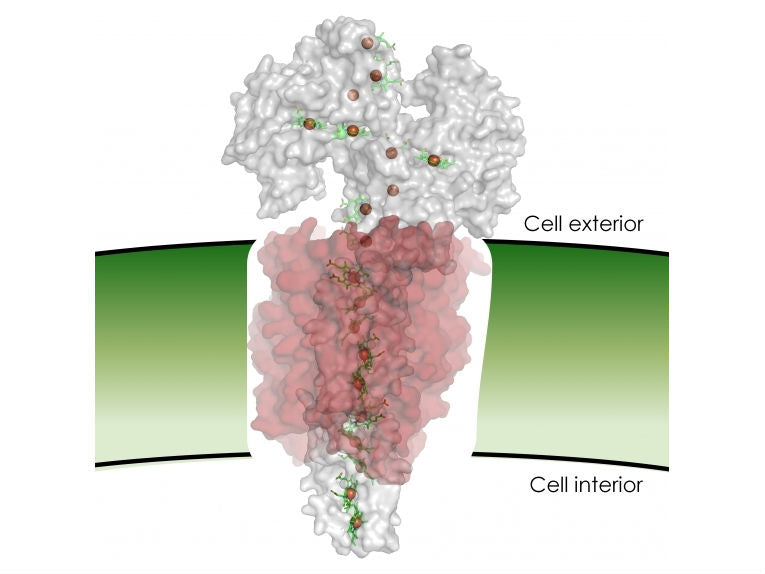(Image: ''The newly solved structure of an iron containing protein found on the bacterial cell surface helps to explain how a chain of iron atoms bound by proteins form a 'wire' that allows electricity from the inside of the cell to reach the surface'')
The quest to find alternatives to greenhouse gas-spewing fossil fuels has led scientists into some pretty strange research crooks and crannies. And maybe heading that league table of promising, but odd, green energy technologies is the idea of turning bacteria into batteries. That's something a team from the UK's University of East Anglia believes is closer, thanks to its new research. In a paper out in today's Proceedings of the National Academy of Sciences, UEA scientists claim to have nailed the precise mechanisms by which 'rock-breathing' bacteria generate energy.
The UEA team, led by Dr Tom Clarke, worked in collaboration with scientists at the Pacific Northwest National Laboratory, to assess what was going on on the cell surface of a bacterium known as Shewanella oneidensis. This is a member of a large group of rock-dwelling bacteria that have evolved to survive deep underground, using iron as a source of energy.
Rather than breathing using oxygen as most multi-celled animals do - a process known as respiration - the 'rock breathing' bacteria literally wire themselves into particles of iron, in a process of 'iron respiration'. It enables them to get by without oxygen, but it is the details of the mechanism - which involves pumping electrons from the bacteria into the iron - which most excites researchers.
Because the bacteria are able to generate electrical current by attaching to metallic particles, they could be hooked up to electrodes, so creating microbial fuel cells - also called 'bio-batteries'. These could be driven be something as widespread - and as bizarre - as animal or human waste.
But for these most natural of waste batteries to become a reality, scientists need to understand the mechanism by which the bacteria's tiny organic cell 'wires' work. And that's exactly what the team from UEA believe they have done, using x-ray crystallography to discover the detailed structure of the proteins involved.
''This is an exciting advance in our understanding of how some bacterial species move electrons from the inside to the outside of a cell,'' said Clarke, ''Identifying the precise molecular structure of the key proteins involved in this process is a crucial step towards tapping into microbes as a viable future source of electricity.''
And not only could these fascinating bacterial engines drive new approaches in power generation - they could also allow for the development of novel techniques for cleaning up toxic pollution, such as oil spills or radioactive material like uranium. It seems that it can often be the darkest and furthest flung corners of the planet that can be most enlightening for researchers.










